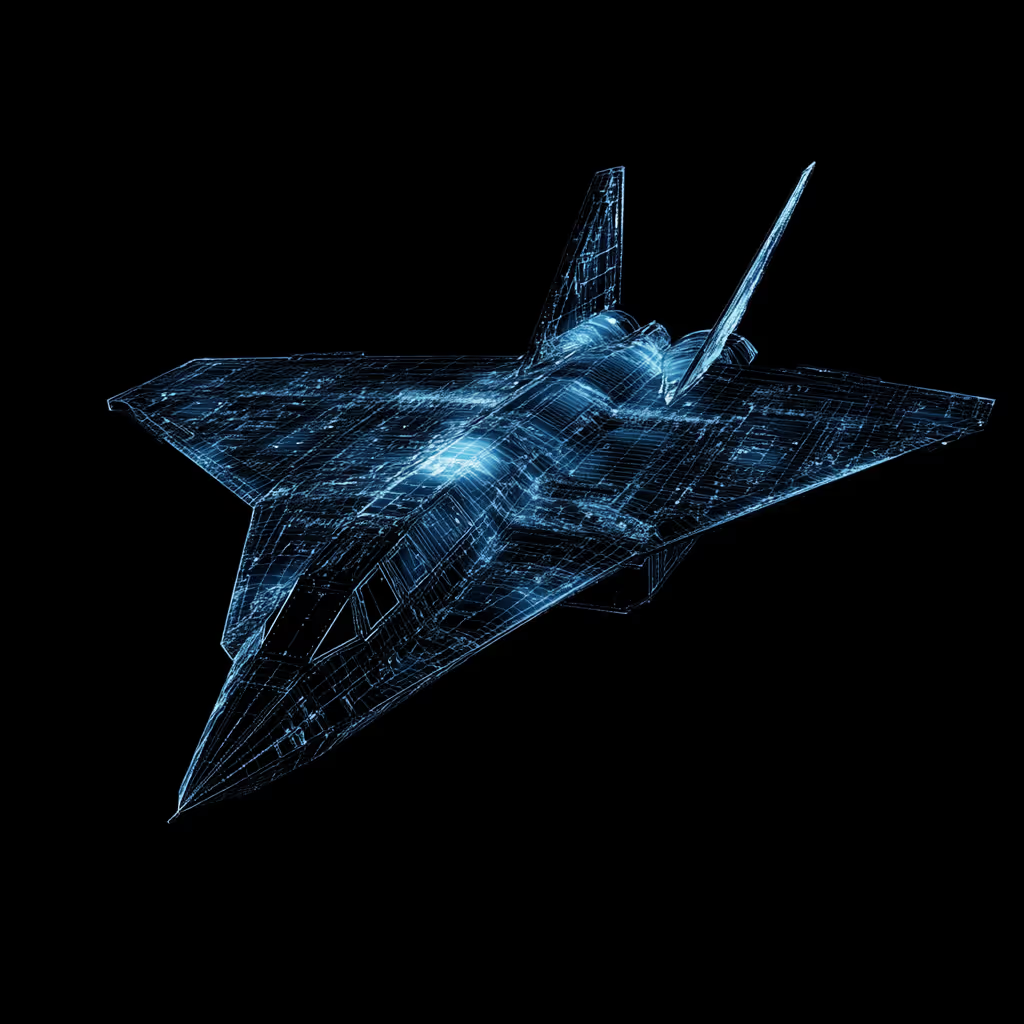Case Studies

Background
The Engineering Data Branch at Tinker Air Force Base, Oklahoma, operates and manages a United States Air Force-designated Category V Engineering Data Support Center (EDSC) that provides an official Department of Defense repository for weapon systems engineering data/drawings. Digital data is stored in the Joint Engineering Data Management Information and Control System (JEDMICS). The branch employs approximately 35 personnel for acquisition, management storage and distribution of engineering drawings.
Problem
The time required for the engineering data repository to provide a needed stable-based engineering data drawing (known as Mylars) to a customer could be as much as 7 – 15 days. In urgent situations, this created unacceptable delays n customer processes required for essential maintenance of affected weapon systems. In today’s military and business environment, success depends upon the quality and accessibility of information and the speed at which the information can be disseminated. In order to facilitate speed of information dissemination, the Department of Defense (DoD) and
USAF policy and directions regarding engineering data include a move toward a completely digital environment.
Consistent with previous initiatives to digitize legacy drawings and aperture cards, the OC-ALC EDSC needed to also digitize undimensioned drawings on the stable-based material (Mylars) to preserve and fully utilize the government’s investment. The overall goal was to fully integrate legacy Mylars into the automated work environment through digitization and subsequent storage in the JEDMICS.
Possible Solutions
The Engineering Data Branch at Tinker Air Force Base researched several possible solutions for digitizing and integrating the legacy Mylar’s into the automated work environment. Solutions that were considered included purchasing equipment for in-house digitization; contracting with a drawing conversion service; or, doing nothing and maintaining the status quo. Various types of equipment and equipment scenarios were considered as part of an in-house solution. It was determined that this option would be a high-risk option because purchasing the equipment capable of providing the required digitizing accuracy would be expensive and costly to maintain.
Maintenance of the status quo, i.e., doing nothing was also considered a high-risk option because of the potential for loss due to damage, destruction, and fading of the existing Mylars. It was determined that contracting with a drawing conversion service provided the least risk and most benefit. CAD / CAM Services Inc. was one of the sources discovered during the Engineering Data Branch’s original market research that was capable of converting undimensioned engineering drawings to digital format with very precise accuracy. However, the requirement was provided to the Tinker Air Force Base Contracting Office, and their processes included solicitation from many vendors. After evaluating vendor responses, Tinker Air Force Base selected CAD / CAM Services based upon their technical proposal and cost providing the best value to the government.

Why CAD / CAM Services Won
The Tinker Air Force project required tolerance is +/-.005” accuracy over any five- or ten-inch area for the digitally scanned files. The drawings are on Mylar, which is a plastic sheeting material that may be affected over the years by changes in temperature. This means that the older drawings
may have stretched or otherwise changed in size, affecting the accuracy of the drawing itself. 180” Mylars do not change sizes in a linear fashion. This makes this task especially more difficult.
Frank Maschino, Engineering Data Manager, at Tinker Air Force Base says, “The accuracy of the final digital file is of paramount importance to us. These digital files are stored in Tinker Air Force Base’s electronic repository as a permanent archive for all of our drawings. If we need to refer to these digital drawings or print out a new paper drawing, it is essential that the measurements be as accurate as, if not better than the original Mylar drawing when it was new.”
CAD / CAM Services has a proprietary method that electronically compensates for error within each five- or ten-inches to restore original drawing accuracy. This is a Boeing and Lockheed certifiable tolerance for aircraft drawings. “The scanning accuracy requirement called for in the bid far exceeds the accuracy that is available from any conventional scanning system,” says Scott Shuppert, President of CAD / CAM Services. “We are one of only a few firms worldwide who can generate calibrated digital files with this accuracy. Our approach is unique, and it enables us to specialize in tough jobs like this. “
CAD / CAM Services beat out the competition with their unique process, which is extremely accurate. Unlike photography, electronic images are NOT dependent upon room conditions such as humidity, the scan or scanning issues, the quality of the original, or other external circumstances. CAD / CAM’s process is the only method that can allow this type of accuracy, with the electronic image becoming even better than the original. CAD / CAM’s method is also significantly less than half the cost of methods previously used.
CAD / CAM Services also helped the Tinker Air Force Base Engineering Data Branch locate precision plotters that can plot new, hard-copy drawings on stable-based material from the new digital images when required. This will enable the branch to provide a customer response time of about two hours instead of the previous 7 – 15 days to purchase a reproduced copy of an undimensioned drawing on the stable-based material.
Tinker Air Force Base is nearing completion of a project that will provide official certification of their digital Mylar’s and local-plotting process. This will allow them to elevate and share their entire process, including CAD / CAM Services as a source for digitizing Mylar’s. CAD / CAM Services has since won 5 contract extensions of this project.
